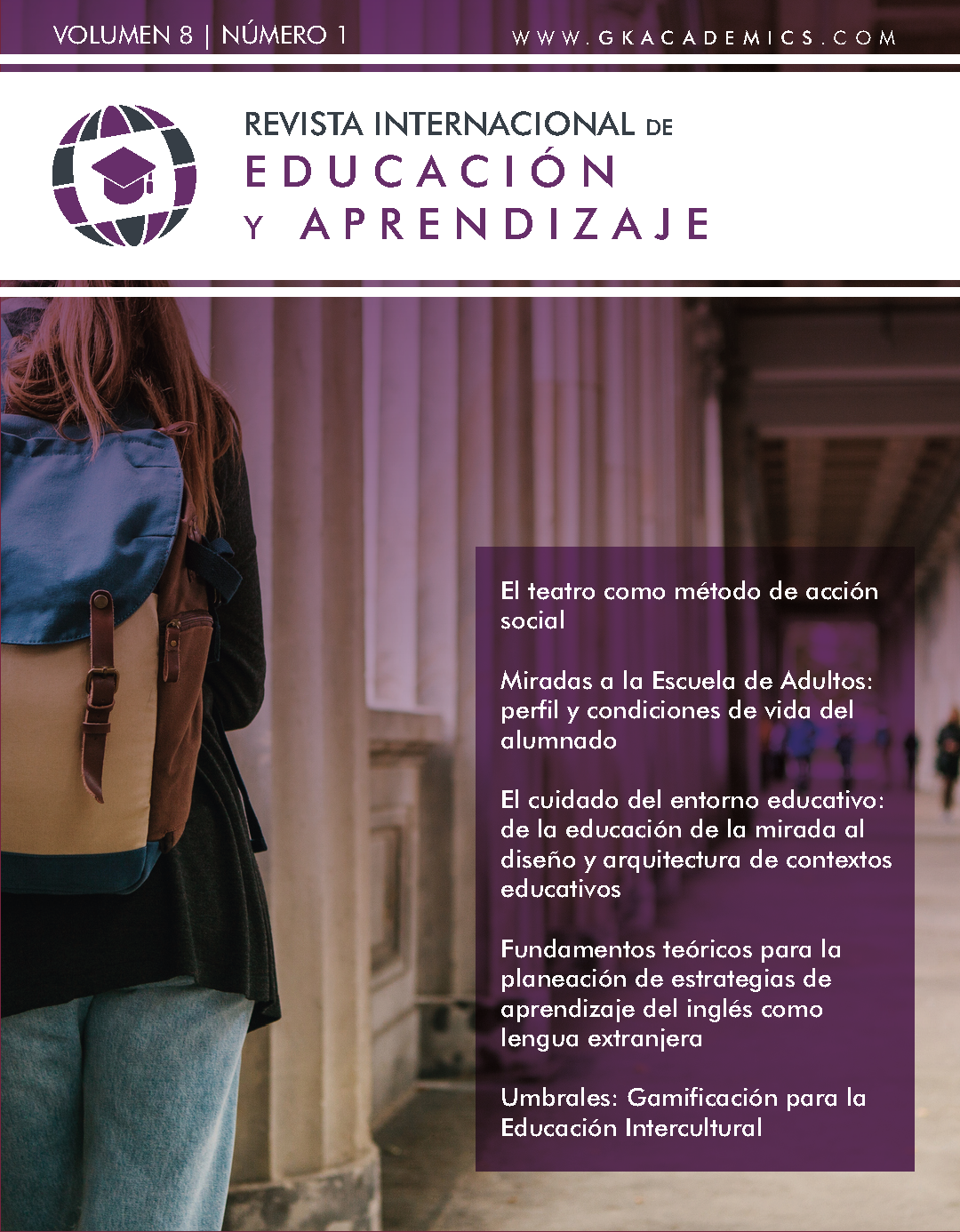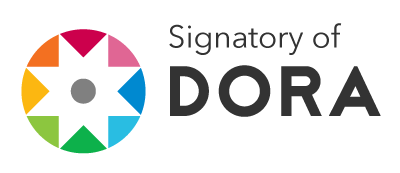The Care of the Educational Environment: from Education to the Design and Architecture of Educational Contexts
DOI:
https://doi.org/10.37467/gka-revedu.v8.2264Keywords:
Visual Education, Architecture, Design, Educational SpaceAbstract
The education of the gaze allows to explore in depth the network of meanings that is opened through the visual elements and to grasp the implicit information that emerges from them. The visual elements, including the design and distribution of space, have a great influence on the ways in which we relate to the world. This is reflected in the thinking of Herman Hertzberger and Rosan Bosch, who, from architecture and design respectively, attend to the care of the educational environments taking into account their influence on the learning process.
Downloads
Global Statistics ℹ️
|
1182
Views
|
927
Downloads
|
|
2109
Total
|
|
References
Acaso, M. y Nuere, S. (2005). El curriculum oculto visual: aprender a obedecer a través de la imagen. Arte, Individuo y Sociedad, 17, 205-218.
Aguirre, I. (2006). Modelos formativos en educación artística. Imaginando nuevas presencias para las artes en educación. Bogotá. URL: https://bitacoramaedar.files.wordpress.com/2013/08/imanolaguirre-modelos-formativos-en-e-artc3adstica.pdf
Bosch, R. (2018). Escuelas que desatan la creatividad. Aprendemos juntos, BBVA. URL: https://aprendemosjuntos.elpais.com/especial/escuelas-que-desatan-la-creatividad-rosan-bosch/
Carrere, A. y Saborit, J. (2000). Retórica de la pintura. Madrid: Cátedra.
Esquirol, J. M. (2012). Aprender a mirar, para poder ver. CETR (Centro de Estudio de las Tradiciones de Sabiduría). URL: http://cetr.net/aprender-a-mirar-para-poder-ver/?lang=es
Hernández Hernández, F. (2000). Educación y cultura visual. Barcelona: Octaedro.
Hertzberger, H. (2008). Space and Learning. Rotterdam: 010 Publishers.
Hertzberger, H. and Swaan, A. de (2009). The Schools of Herman Hertzberger. Alle scholen. Rotterdam: 010 Publishers.
Lándivar, A., Ligioiz, M. and Zagal, M. (2015). Neurociencia aplicada a la educación. Neurociencia Social, Neurodidáctica, Neurofisiología del Aprendizaje. Montessori Canela Internacional. Material no publicado.
López Quintas, A. (1998). Estética de la creatividad. Juego, Arte, Literatura. Madrid: Rialp.
Masschelein, J. (2006). E-ducar la mirada. La necesidad de una pedagogía pobre. En: Dussel, I. and Gutiérrez, D. (comp.). Educar la mirada. Políticas y pedagogías de la imagen. Buenos Aires: Manantial, pp. 295-310.
Merleau-Ponty, M. (1964). Le visible et l’invisible. París: Gallimard.
Rosan Bosch Studio. Escuela de Fensmark (Dinamarca, 2017). URL: https://rosanbosch.com/es/proyecto/escuela-de-fensmark
Ruiz Ruiz, J. M. (1994). El espacio escolar. Revista Complutense de Educación, 5(2), 93-104.
Samper Arbeláez, A. (2011). El arte en la escuela: poiesis, cotidianidad y cuidado. Encuentros, 2, 61-72.
Thornburg, D. (2014). From the Campfire to the Holodeck. Creating Engaging and Powerful 21st Century Learning Environments. San Francisco: Jossey-Bass.
Downloads
Published
How to Cite
Issue
Section
License
Those authors who publish in this journal accept the following terms:
-
Authors retain copyright.
-
Authors transfer to the journal the right of first publication. The journal also owns the publishing rights.
-
All published contents are governed by an Attribution-NoDerivatives 4.0 International License.
Access the informative version and legal text of the license. By virtue of this, third parties are allowed to use what is published as long as they mention the authorship of the work and the first publication in this journal. If you transform the material, you may not distribute the modified work. -
Authors may make other independent and additional contractual arrangements for non-exclusive distribution of the version of the article published in this journal (e.g., inclusion in an institutional repository or publication in a book) as long as they clearly indicate that the work was first published in this journal.
- Authors are allowed and recommended to publish their work on the Internet (for example on institutional and personal websites), following the publication of, and referencing the journal, as this could lead to constructive exchanges and a more extensive and quick circulation of published works (see The Effect of Open Access).













